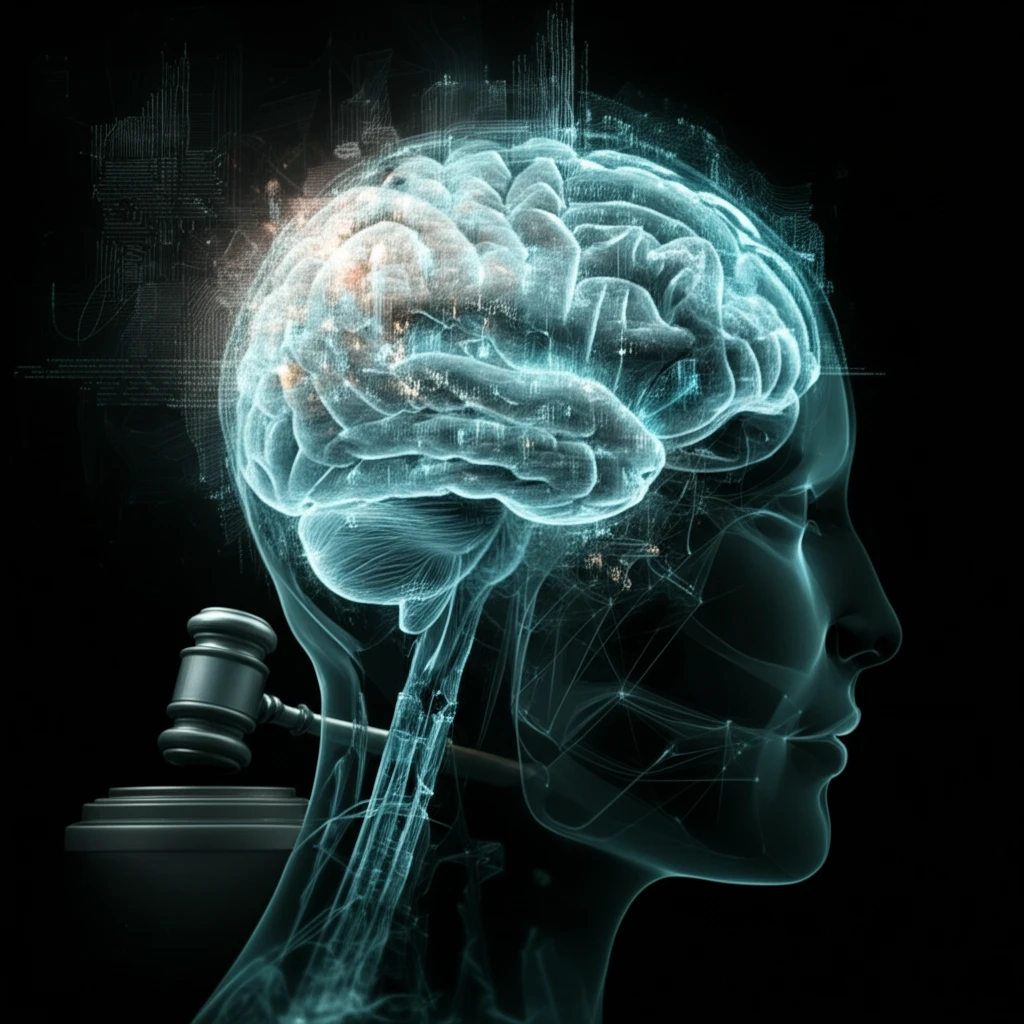
Can AI Really Help Us Make Better Choices? Unveiling the Truth Behind Algorithmic Assistance
"A groundbreaking study evaluates the effectiveness of AI in decision-making, revealing surprising insights into how algorithms impact human judgment and accuracy."
In today's rapidly evolving world, Artificial Intelligence (AI) has become an integral part of our lives, influencing everything from mundane daily tasks to critical decisions with far-reaching consequences. Algorithms are now involved in areas such as medical diagnoses, financial investments, and even judicial decisions. Given this increasing reliance on AI, a fundamental question arises: are we making better decisions with AI than we would on our own?
While AI offers the promise of enhanced efficiency and objectivity, its impact on human decision-making is far from straightforward. The presence of AI recommendations can introduce complexities. Human decision-makers might selectively ignore AI advice or, conversely, overly rely on it, potentially diminishing their own critical thinking skills. Moreover, the inherent biases present in AI algorithms can further skew decision outcomes, raising concerns about fairness and equity.
To address these critical questions, a new study introduces a robust methodological framework for evaluating the true impact of AI on human decision-making. This framework aims to provide empirical evidence on whether AI assistance genuinely improves the quality and accuracy of human choices, compared to scenarios where decisions are made independently by humans or solely by AI systems.
Decoding the AI Decision-Making Paradox: Human vs. Machine

The research tackles the complexities of evaluating decision-making systems. The study focuses on how to measure the 'classification ability' of a decision-maker, that is, their skill in making accurate decisions. The team accounted for the challenge of 'selective labels,' where the true outcome of a decision is only observable if that decision is made. For example, one cannot know if releasing someone on bail would lead to a crime if bail is denied.
- Human-Alone: Decisions made independently by human decision-makers without AI assistance.
- Human-with-AI: Decisions made by human decision-makers who receive AI-generated recommendations.
- AI-Alone: Decisions made solely by an AI system, without human intervention.
The Future of AI and Human Collaboration: A Path Forward
This framework offers a pathway to harness AI's potential while safeguarding against its pitfalls. The methodology can be expanded to encompass a wider array of choices and results, as well as integrated potential outcomes and dynamic scenarios where many choices and results are tracked over time. With this research and real-world applications, AI systems can be carefully incorporated in a variety of settings. These carefuly designed AI systems can provide real support for decision-making in the future.
